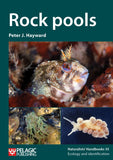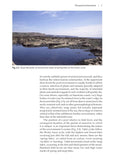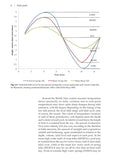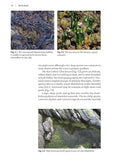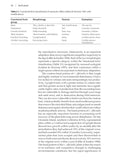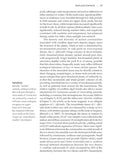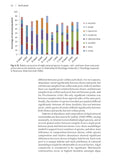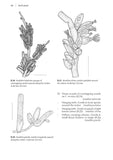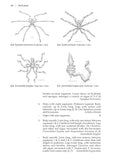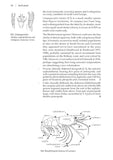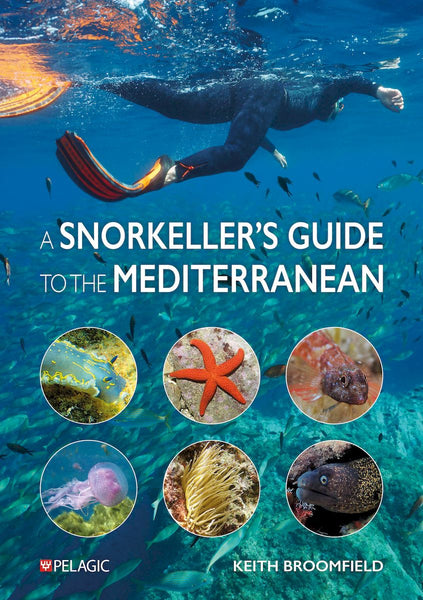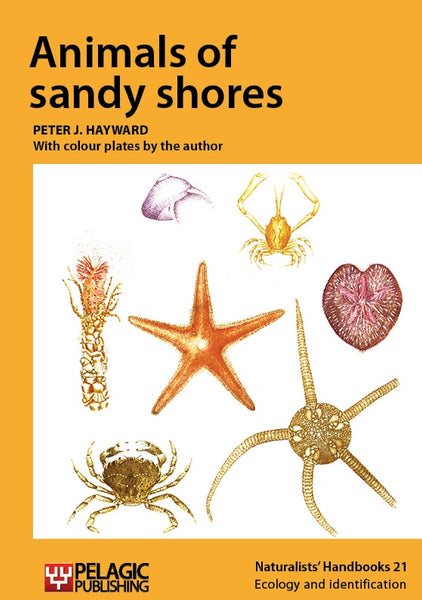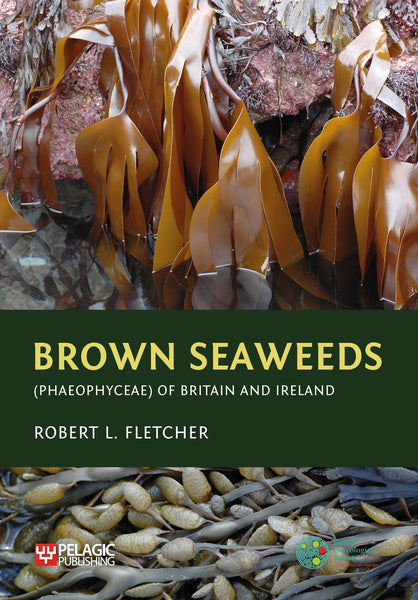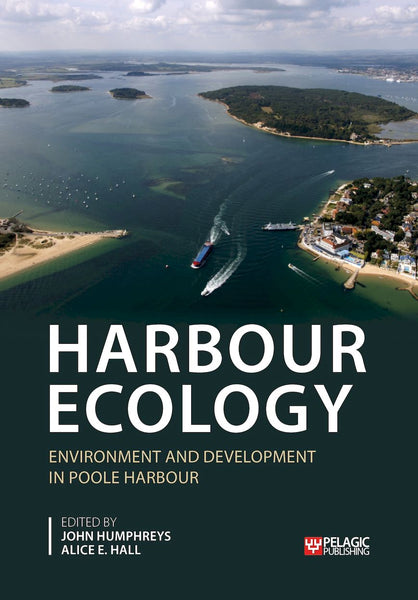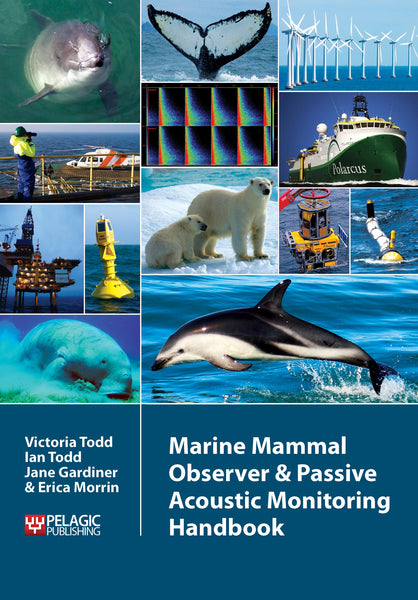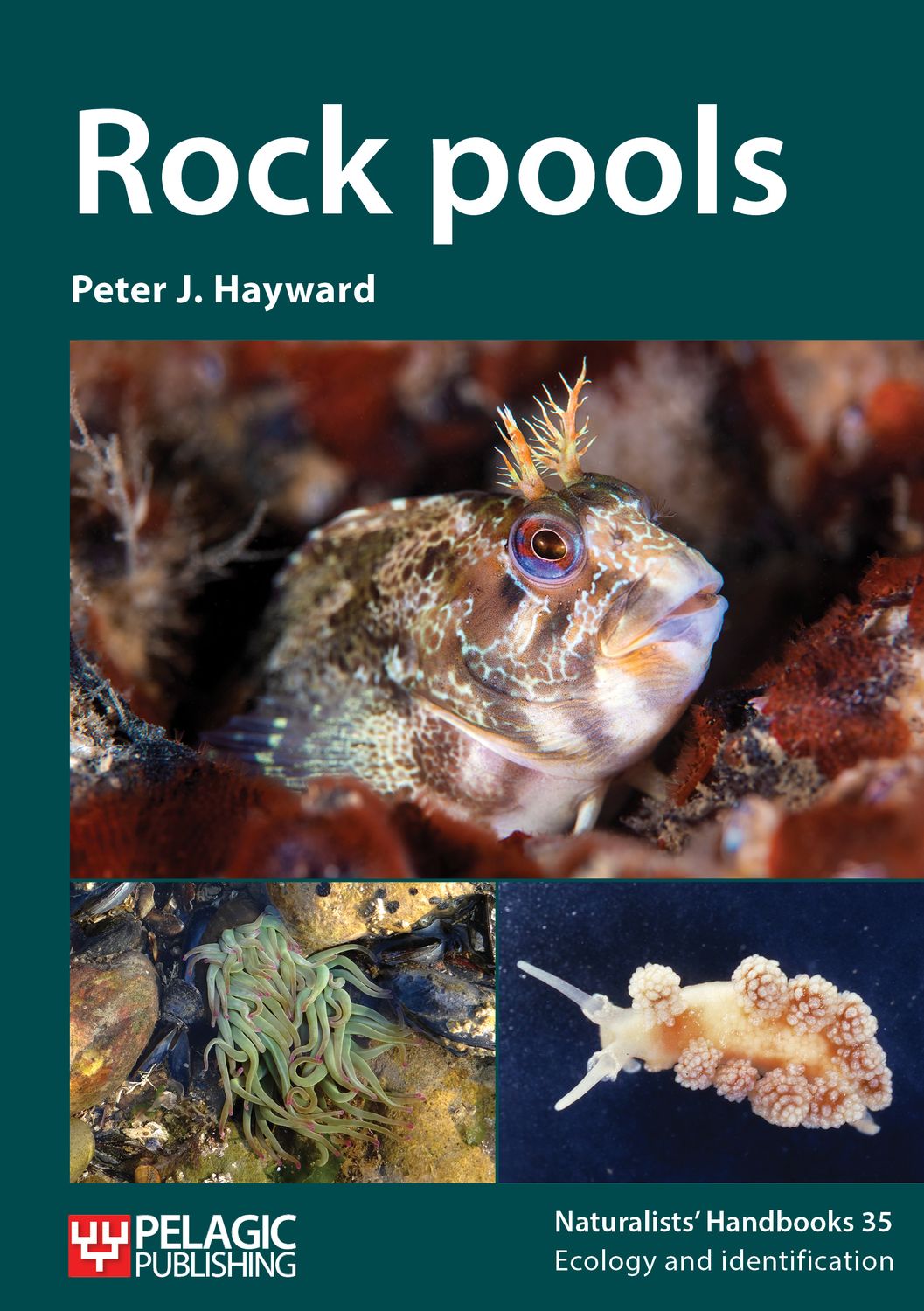
Rock pools
- A complete introduction to rock-pool inhabitants and habitats of the British Isles and Ireland.
- Detailed keys to all the main animal groups likely to be encountered.
- Highly illustrated, with important features emphasised.
- This is a holistic guide to one of the most accessible and fascinating marine habitats, written by one of the great authorities on marine ecology..the perfect companion for anyone who wishes to delve deeper into the shallow oases of the rocky shore.
—Dr Andrea Waeschenbach, Senior Researcher, Department of Life Sciences, Natural History Museum
- aquatic ecology
- coasts
- ecology
- entomology
- invertebrates
- marine biology
- marine habitat
Description
On rocky coastlines, receding tides leave standing pools that have long held a fascination for the amateur seashore naturalist, revealing glimpses of colourful and curious marine plants and animals. Animal diversity is far greater in the sea than in terrestrial or freshwater habitats, and the hugely varied fauna of rock pools reflects that fact. Rock pools also undergo dramatic shifts in temperature, salinity and pH, making such habitats crucibles of adaptation and change. This Naturalists' Handbook offers a comprehensive introduction to this mysterious world, with chapters covering rock-pool ecology, seaweeds, animals, identification and guidelines for possible fieldwork and further study.
Also presented are detailed keys to all the main groups likely to be encountered when rockpooling around Britain and Ireland – from sea squirts to chitons, from anemones to sea spiders, from amphipods to fishes. Rock pools is an indispensable tool in discovering these kaleidoscopic habitats and their multitudinous inhabitants.
DOI: 10.53061/GXHH2122
Table of Contents
Editor’s preface
Acknowledgements
About the author
About Naturalists’ Handbooks
1. Introduction
2. The pool environment
3. Rock-pool seaweeds
4. Rock-pool animals
5. Identification
Key A Guide to major invertebrate animal groups
Key B Sessile, modular animals
Key C Sea spiders (Pycnogonida)
Key D Isopods
Key E Amphipods
Key F Decapods
Key G Shelled gastropods
Key H Chitons
Key I Bivalves
Key J Polychaetes
Key K Heterobranchia
Key L Sea anemones
Key M Echinoderms
Key N Rock-pool fishes
6. Investigating rock pools
7. References and further reading
Index
Reviews
- This is a holistic guide to one of the most accessible and fascinating marine habitats, written by one of the great authorities on marine ecology. Engaging introductory chapters that illustrate the physical and biological processes experienced by rockpools and their inhabitants, are paired with illustrated keys to taxa. This is the perfect companion for anyone who wishes to delve deeper into the shallow oases of the rocky shore.
—Dr Andrea Waeschenbach, Senior Researcher, Department of Life Sciences, Natural History Museum - ...in many places we will come across rock pools full of wonderful wildlife, but can you ID them? This book will help you... ideal to get your children/grandchildren into searching the rock pools.
—John Miles, birdwatching.co.uk - The illustrations are very well done and the information contained in the book show Peter's in-depth knowledge of the species that occupy this amazing environment... Congratulations to Peter and Pelagic Publishing for producing a book that deserves to be used as the definitive guide to rock pools.
—Neil Garrick Maidment, British Naturalists' Association - This excellent volume, the next in the series of Naturalists’ Handbooks, now under Pelagic Publishing, gives the physical, chemical and ecological features of rock pools (with data diagrams), and their dominant fauna and flora. It gives excellent keys and drawings as well as many photographs, all of a high quality as expected in all of Peter’s works. The book will be of immense help to high-school and university students and amateur naturalists on and after being on the shore.
—Mike Elliot, The Marine Biologist
About the Author
Peter J. Hayward DSc., FLS began his career as Scientific Assistant at the Natural History Museum, London, and retired as Senior Lecturer in Marine Biology at Swansea University. Marine invertebrates have been his abiding interest, through many spring and autumn field courses, and in practical laboratory exercises. He has published several books on marine biological topics, along with numerous scientific papers, especially on the marine Bryozoa. He has served as co-editor of the Journal of Natural History and editor of the Zoological Journal of the Linnean Society.Bibliographic Information
 183 pages
183 pages - 52 colour photographs; more than 250 line drawings; 17 colour graphs
- BISAC NAT020000, SCI070020, NAT045050
- BIC PSPM, PSVT, RGBP






